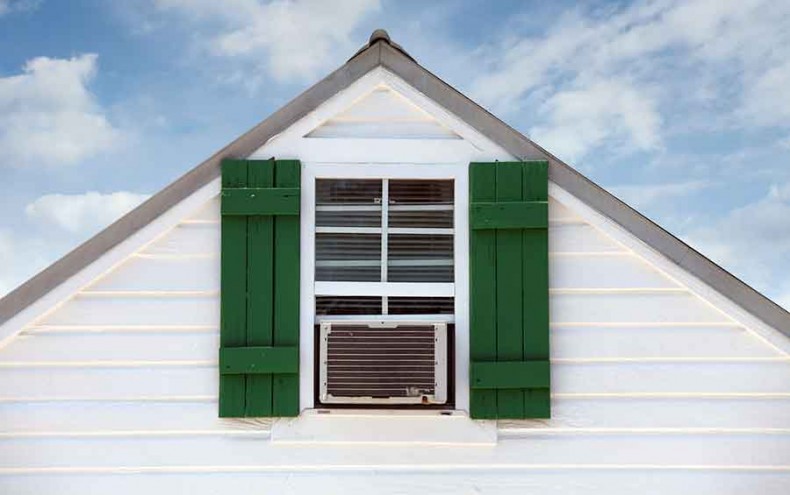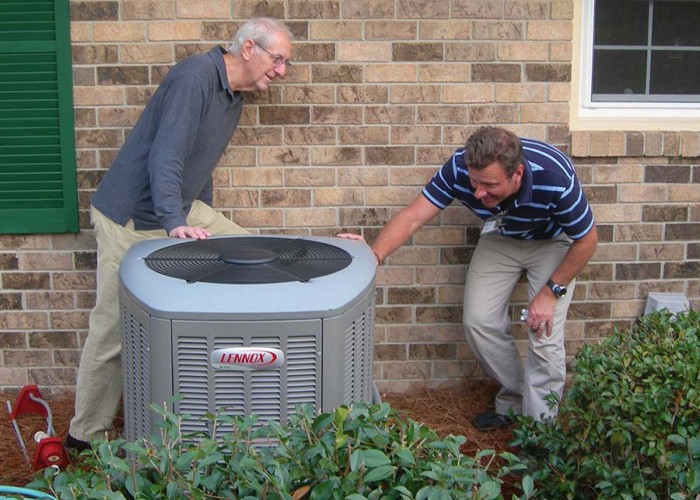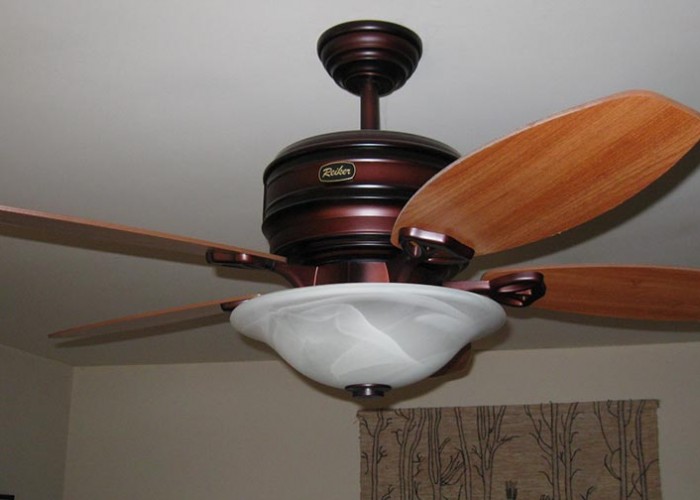Staying Cool with Extra Space
Finding the right type of A/C unit for your project
By Hannah McKenzieQ: I am enclosing the space over my garage to be my grandkids’ bedroom for their month-long summer visits. I have no desire to alter my home’s HVAC system. Is there a good window HVAC unit that would comfortably and affordably cool the space?
A: Gaining livable square footage in our homes is a huge perk, especially as our families grow. However, it may also bring challenges as we seek comfortable, affordable and long-lasting HVAC solutions.
Rooms over garages are notorious for being uncomfortable spaces on hot days. The unbearable warmth is often caused by heat radiating from inadequately insulated walls, floors or ceilings, as well as from hot air flowing through cracks and gaps from adjacent attic spaces or the garage. Enclosing the room offers a terrific opportunity to seal gaps and insulate properly to prevent comfort issues down the road. Green Building Advisor is one good source for construction details and troubleshooting this type of project.
Once air gaps are sealed and insulation is properly installed, it is time to consider cooling options. As with most home appliances, look for Energy Star® certified products. Energy Star room air conditioners can plug into existing electrical outlets, use 10 percent less energy than standard models and, on average, cost less than $70 per year to operate. Some Energy Star room air conditioners feature smart functionality, allowing you to turn off the unit remotely, schedule temperature settings and receive updates on energy usage.
To ensure that the room air conditioner uses as little energy as possible, it needs to be sized, installed, used and maintained properly.
Choose the right size
Room square footage is only one piece of the puzzle when deciding on the best air conditioner. Consider ceilings taller than 8 feet, the number and quality of windows, and whether ceilings, walls or floors are next to outdoor or attic spaces. A unit with too much cooling capacity will turn on and off too often, leaving the room uncomfortable and wasting energy. A unit with too little cooling capacity will run nearly constantly without cooling to the desired temperature.
Install properly
Follow the manufacturer’s installation instructions and use the provided air sealing and insulation materials to minimize air and water leaks around the unit.
Operate properly
Keep the unit in Energy Saver mode so that when the air compressor is not operating, the fan is not either, which can otherwise be a huge energy drain. Program the unit to 78 degrees when possible.
Keep the air filter clean
Clean the air filter monthly, or more often as needed. Energy Star certified models include a reminder to check, clean or replace the filter.
Consider installing an Energy Star ceiling fan to make the room feel cooler, allowing you to increase the thermostat temperature by about 4 degrees without impacting comfort. However, turn off the fan when leaving the room because fans cool people, not rooms.
If the room will eventually be used in the winter, a ductless heat pump might be a good HVAC option. While more expensive, these units tend to last longer and are quieter than room air conditioners.
Visit energystar.gov/roomac for more details, including video guides, sizing charts and installation tips.
About the Author
Hannah McKenzie is a residential building science consultant at Advanced Energy in Raleigh who specializes in working with nonprofit developers like Habitat for Humanity to make new affordable housing energy efficient.
-
More on efficient and affordable air conditioning





